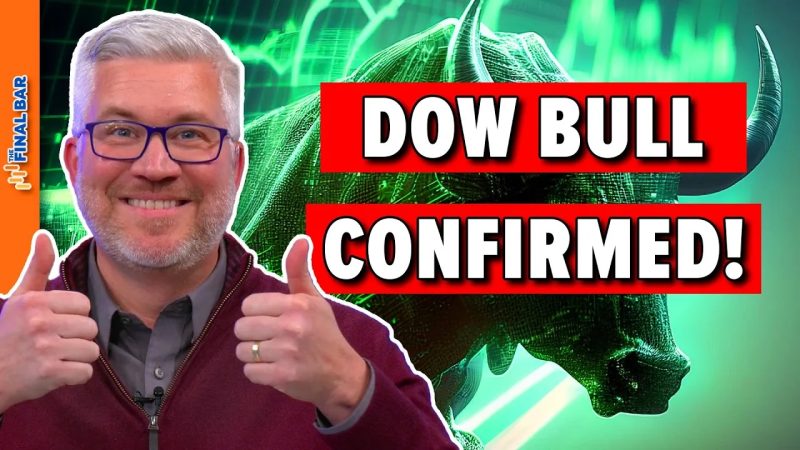Dow Theory’s significance cannot be overstated when it comes to assessing the market trend. Charles Dow, one of the founders of Dow Jones and Company, developed this theory, and although it was born in the early 20th century, its relevance resonates even today. Currently, following the recent rebound, the market scenario indicates that a ‘bullish phase’ per Dow Theory has been confirmed. Hence, understanding what happens next during such phases is crucial for both investors and market analysts.
Firstly, it’s essential to understand the basics of Dow Theory, which is premised on six fundamental axioms. The theory recommends analyzing the stock market meticulously, focusing on primary, secondary, and minor trends. Amid these trends, if both the Dow Jones Industrial Average (DJIA) and the Dow Jones Transportation Average (DJTA) reach higher highs, a bull market trend is confirmed. It is this crucial point that we have currently reached.
One of the key events following a confirmed bull market is an upward price movement, denoted as a primary bull market in Dow Theory. Observing the past market oscillations, it’s evident that primary bull markets last for about two years on average, but they could potentially pursue a longer-term trajectory. However, it’s noteworthy that while prices do increase in a bull market, they do not always rise vertically. There will be oscillations, retracements, and periods of dormancy, known as ‘corrections’ within this upward trend.
The classic Dow Theory further specifies that in a primary bull market, a ‘three-phase hypothesis’ is generally recognized. These include accumulation phase, public participation phase, and extravagance phase. The accumulation phase envisages the entry of the well-informed investors who anticipate the end of the bear market. It is inconspicuous and often goes unnoticed.
Next, switching gears, comes the public participation phase. This phase is typically the longest, where the economic situation brightens, and most investors reenter the market. The bullish trend is strong and more apparent in this phase.
Lastly, the extravagance phase unfolds. Here, speculative and uninformed participants jump into the fray, pushing prices to a pinnacle. This is often a signal of an impending trend reversal.
Dow Theory also promulgates that secondary trends, or ‘corrections,’ make their appearance in all primary movements. A correction in a primary bull market is a significant decline, which rectifies the excessive optimism. Sometimes, this change can be misconstrued as the end of the bull market, but it’s generally a temporary halt.
When Dow Theory signals a confirmed bull market, it’s not an open invitation to throw caution to the wind. It requires investors to keep an eagle’s eye on the entire picture, including the broader economic indicators. This holistic approach can prove to be a valuable tool in making prudent investment decisions.
Furthermore, sector-specific trends must also be closely watched. Not all sectors perform well in a bull market. Therefore, diversification across various sectors can act as a portfolio shield, providing balance in times of unexpected downturns.
Lastly, it’s crucial to apprehend the reality of the bull market – a turning point is inevitable. Hence, preparing an exit strategy cannot be emphasized enough. Dow Theory may not predict the exact top of the market but be assured, by understanding the tale-tell signs; one can mitigate considerable risk.
In summary, the confirmation of a bull market according to the Dow Theory signals an overall optimistic phase for the market. However, understanding the potential phases of this trend, remaining judicious with investment decisions, diversifying investments, and preparing an optimum exit strategy are vital for successfully navigating this terrain.




